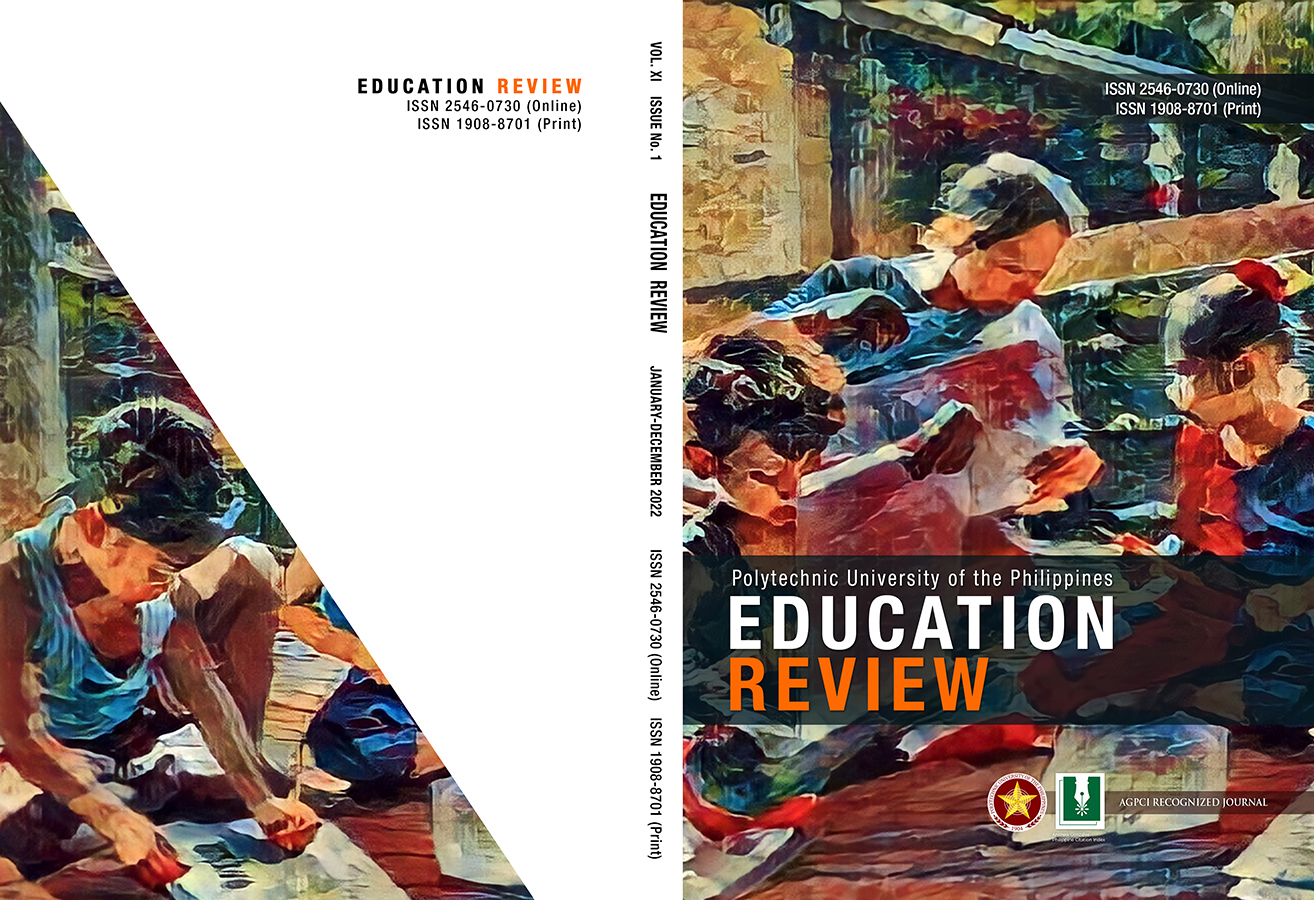Self-Efficacy as Correlates to Purpose in Life of Secondary Public School Teachers: Basis for a Life Skills Program
DOI:
https://doi.org/10.70922/0ffmvp75Keywords:
Life Skills, Meaning in Life, Purpose in Life, Self-efficacy, Life Skills ProgramAbstract
Self-efficacy or the belief in one’s ability to succeed plays a major role in determining goal achievement. On a bigger scale, it ultimately affects our purpose in life in that if our level of self-efficacy is low, we may not have the energy and the drive to strive and achieve making us fail in keeping our perspective and purpose.
This study aimed to determine the relationship between self-efficacy and purpose in life of public secondary school teachers during the school year 2017 – 2018. Utilizing the descriptive-correlative method, the researcher sought the participation of ninety – five (95) teachers both from the junior and senior high school departments of the respondent school. Two standardized tests were used to gather data: the Generalized Self-Efficacy Scale and the Purpose in Life Test. The findings revealed that the respondents have a moderately high level of self - efficacy and a slightly high level of purpose in life. Statistical correlation analysis showed that the two concepts under study have a strong direct positive relationship, that is, the higher the self-efficacy, the higher the purpose in life and vice versa. The researcher recommends that those participants who scored “low” and “moderately low” on self-efficacy and those who scored “extremely low” to “slightly low” in purpose in life be encouraged to undergo the Life Skills Program herein proposed. Further, it is recommended that future researchers explore this line of study so as to contribute to the database of knowledge since studies about this subject are extremely rare.
Downloads
Downloads
Published
Issue
Section
License
Copyright (c) 2025 Education Review

This work is licensed under a Creative Commons Attribution-NonCommercial 4.0 International License.
Licensing Term
Articles published in the EDUCATION REVIEW will be Open-Access articles distributed under the terms and conditions of the Creative Commons Attribution-NonCommercial 4.0 International License. This allows for immediate free access to the work and permits any user to read, download, copy, distribute, print, search, or link to the full texts of articles, crawl them for indexing, pass them as data to software, or use them for any other lawful purpose.
This open-access article is distributed under the terms and conditions of the Creative Commons Attribution-NonCommercial 4.0 International License


